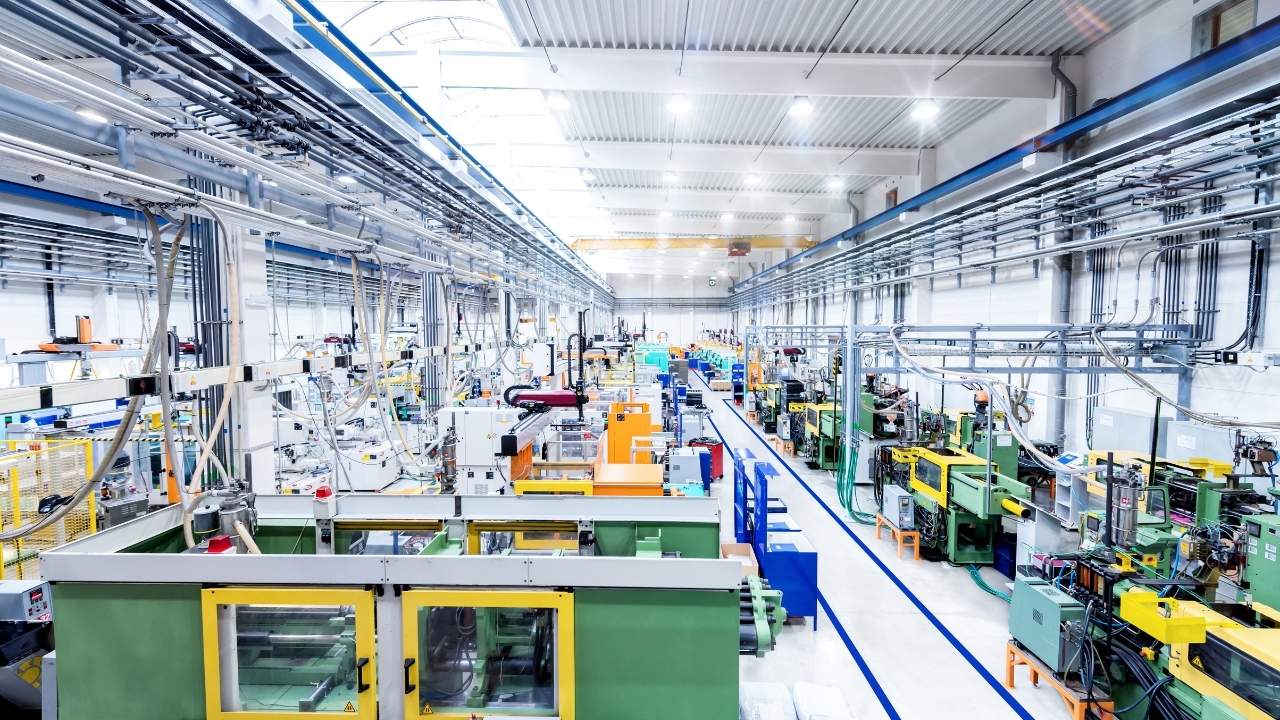No one will argue against the fact that pricing is a competitive tool.
To win on pricing (or use pricing to one’s strategic advantage) one must manage and know one’s costs.
The topic of costs is pretty simple — it’s easy to manually add up all the “known” costs associated with a product or service, and determine a price based on that number. What leads to complications are the “unknown” costs that don’t get accounted for. Examples of these include: shipping costs (to AND from), labor costs, storage costs, etc. When you’re doing manual calculations for thousands of products, you can see where this becomes a major problem.
The solution: having an automated system to do the heavy lifting for you.
You need systems that enable you to accurately determine and calculate costs, so you can price your products accurately and competitively. When you have the right kinds of systems in place, you can eliminate manual and error prone tasks, resulting in operational efficiency. This efficiency is the catalyst for driving down costs and increasing business velocity (service).
In addition, having the right systems enable you to do a deep analysis of your customers and prices and customize them along as many dimensions as you’d like. For example, if you can determine certain changes in price have a greater or lesser impact at a certain time of year, you have a competitive advantage over someone who does not.
Finally, you need systems that enable you to quickly and automatically customize prices so you can properly price your products depending on the market, channel, or customer you’re going after. These are called “pricing policies.” You should be able to customize price and terms for every customer — for example, say you give a discount to wholesales customers based on their order volume, a simple pricing policy can automatically customize their prices based on whatever parameters you choose.
This pricing rule is one of six in Versa Cloud ERP rules for winning in the “Age of Amazon.” To learn other rules, click below!







